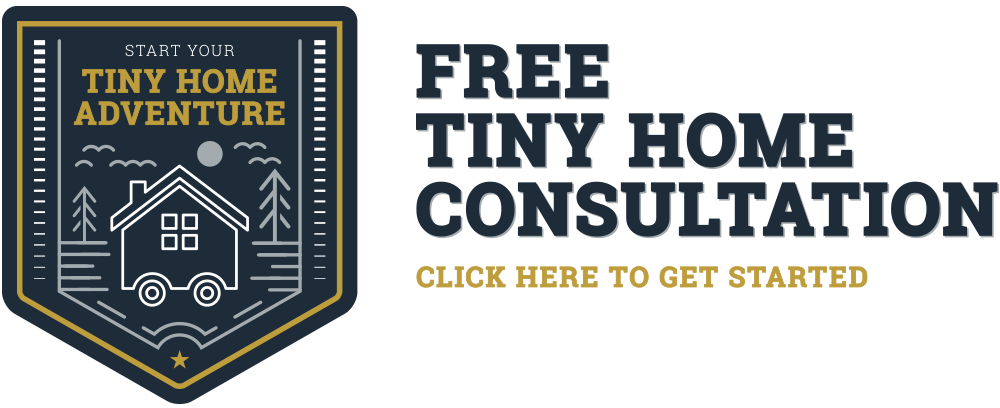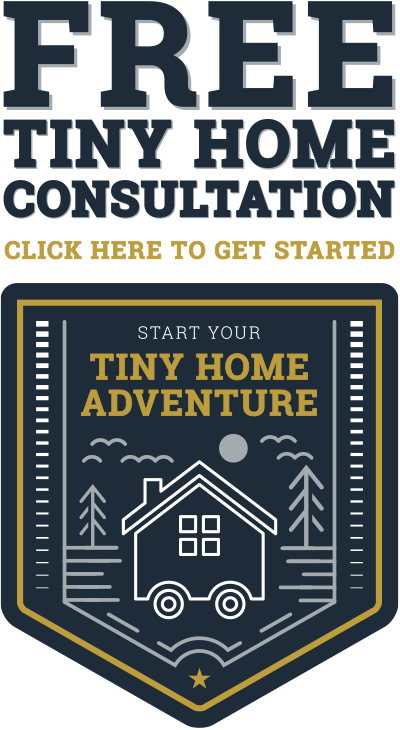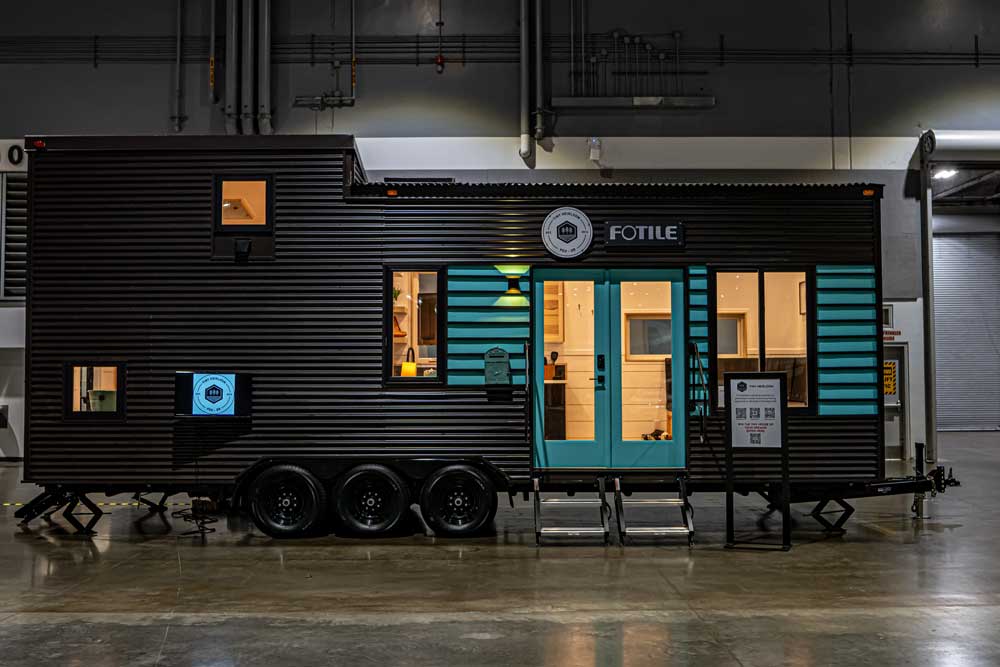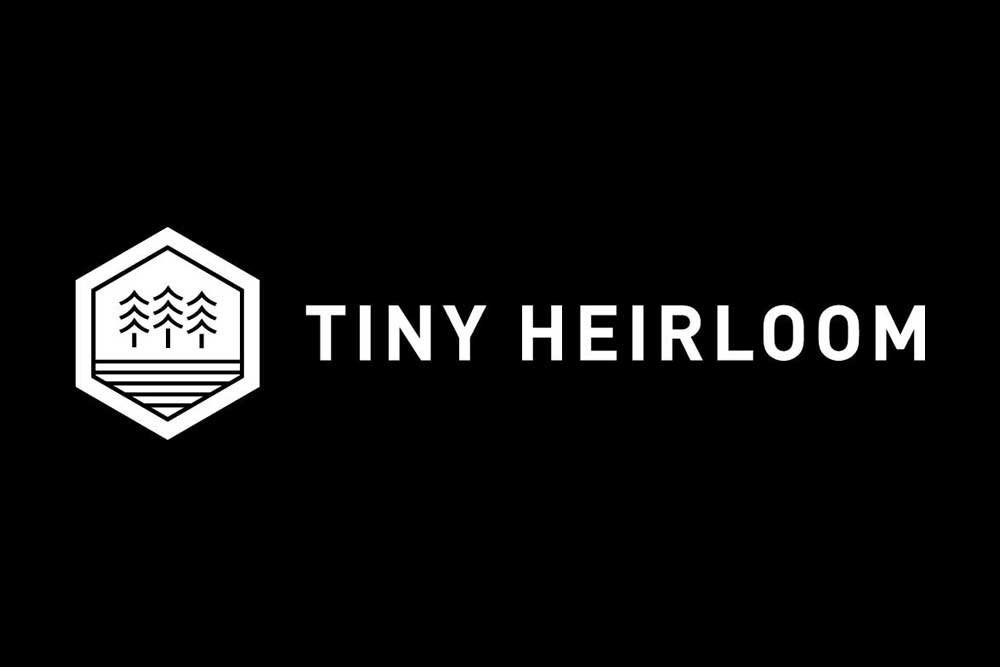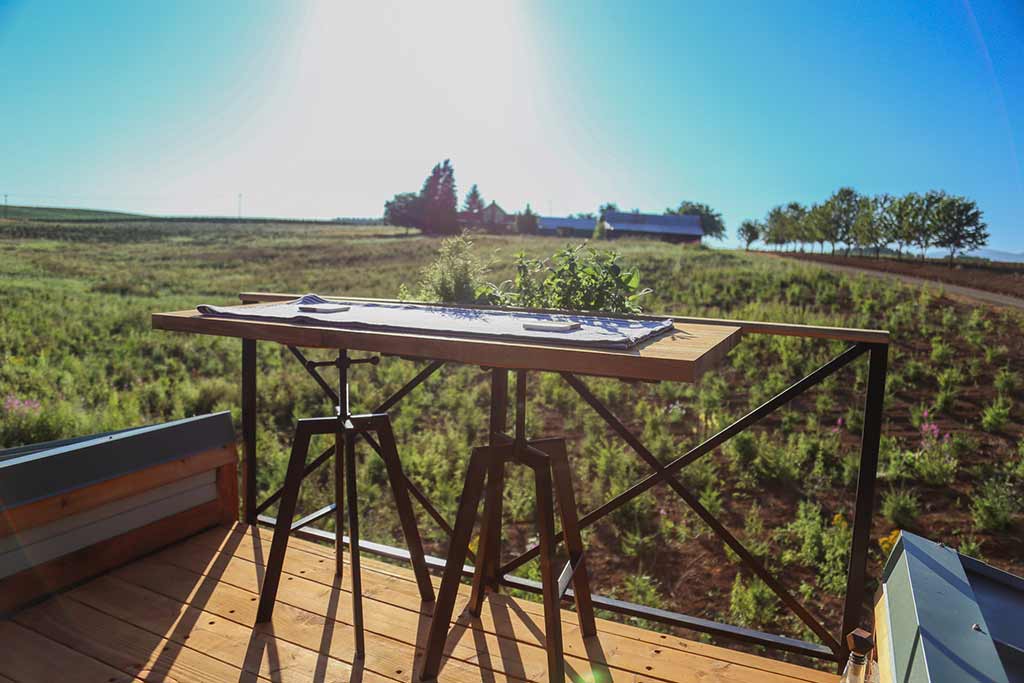
How To Find Land for Your Tiny House (2023)
How To Find Land For Your Tiny House (2022)
Did you know you can be fined for not following regulations set by your city and state?
Many people look for homes for their tiny homes, but this can be challenging at times. If you’re in search of answers to the following questions as you find land, don’t worry; you are not alone.There was a time when it seemed like there were no clear answers when it came to finding the perfect land for your tiny home. Mostly, this was in the very beginning, when people weren’t quite sure what tiny homes were and how they should be addressed. There’s still confusion about some states’ rules, but now that tiny homes are being talked about more, clarity is coming.We want to help – so we’ll give you a few resources and tips below to help you find the perfect land for your tiny house.In this article, we’ll go over how to find land for your tiny house and offer solutions to some of the common mistakes beginners might make. We’ll also provide tips and tricks that will help you find the perfect property without any problems.
TLDR:
The best way to get land for your tiny house is to buy it, but you can also look for accessory dwelling units or rent land from friends and family. Be sure to check the regulations in your area before you start building as these will vary. If your tiny home has wheels, you will have far better options for where you can use your home.
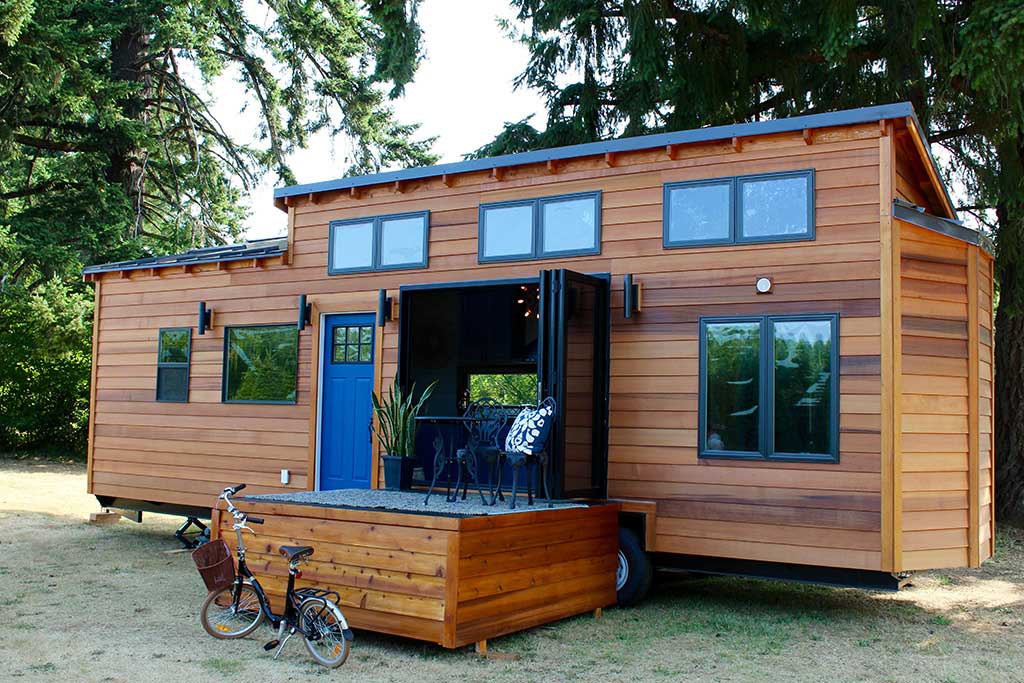
The Top 4 Downsides to Living in a Tiny House
Potential tiny house dwellers often stop themselves from pursuing the life they want by saying there’s not enough parking or land. They even struggle against decades-old zoning and building codes set in place by traditional homes. The issue starts with the tiny homes themselves, which are beautiful, comfortable, and highly affordable in comparison to traditional homes. Some states permit tiny homes, while others oppose them outright. There can also be restrictions on where they’re allowed to be built. In today’s article, we’ll address a few of the best resources for finding land for your tiny house and how they’re regulated. The easiest way to get land for a tiny house is to buy it. Smaller homes don’t need as much space, and can even be built on a lot that already has one home. The first step to finding your new home is figuring out the area where you want your home to stay, unless it’s on wheels. For most of us, that’s the place we’re already living and working, so that helps narrow it down a lot. Once you have a general idea, start looking for more specific information on sites with lots of listings like Zillow or Trulia.
What if we can’t rent land from other people. The only way to get it is to buy a house and then rent out parking spaces to those who want them. I’ll explain my alternative arrangements in more detail below. When it comes to land, the suburbs and especially rural land are different beasts. One of the biggest stumbling blocks is finding property that doesn’t come with the restrictions of building codes or HOA’s (homeowners associations). Rural land is still going to be cheaper to buy or rent than suburban land.
The Country
Rural land is the most affordable place to build a tiny home. Fewer people means cheaper land and fewer regulations for building. Plus, as a rural resident, you won’t have to contend with a lot of interference or prying eyes when you decide to live simply. If you live in the countryside, it can be easy to just keep to yourself and your things. Any complaints will have a hard time getting to you. After all, no one’s complaining. It’s also much easier for you to avoid code enforcement, which means that you’re free to build and do what you want. One of the perks of rural property is that it’s generally undeveloped and less expensive. Its downside is that it can be isolated, doesn’t offer a variety of services (unless you install them on your own), and has limited access to roads. But it’s possible to create a full-fledged lifestyle living off-grid in your tiny home. When you’re planning to build a tiny home, one of the most confusing aspects is the building codes. In most places, there are no specific building codes that apply to tiny homes, especially those that are on wheels.
Tiny homes that are on wheels
These can be registered as RVs, and must be registered in your home state with the DMV. Now that you have a home in the RV space, you’re free to travel to any campground or RV park. But not all are created equal.
For most people, the primary concern when it comes to Tiny House on Wheels (THOW) is that letting someone stay in their park would affect the property values. However, for some people, this is the perfect solution. You can take your THOW to a friend’s backyard or driveway if you so desire. However, remember that this may come with additional town regulations and ordinances. In most parts of the U.S., you aren’t allowed to live full-time in an RV outside an RV park. Places like Arizona and Florida which attract a lot of snowbirds and retirees can be the exception. As a seasonal resident, they have made it the law to welcome. They understand the benefits that can be gained from residents like you and put forth plenty of perks.
Foundation Built Tiny Houses has been building the perfect space for your dream home for over a decade. We offer smaller and energy-efficient options that are perfect for those with limited space. Plus, our homes can be built to maximize your location so you can live in the perfect place while still being close to those who matter most. If I decided to build a tiny house, it would be classified as an accessory dwelling unit and would have different regulations with regards to square footage, number of bathrooms, egress windows, etc. The good news is that a lot of places are starting to adopt ADUs which are theoretically more affordable than building a regular house.
One of my favorite resources for ADU regulations is Accessorydwellings.org. Their breakdown of city-by-city building codes and zoning requirements for ADUs will help you decide where to go next. You’ll find that in California, Minnesota, and Utah, ADUs are permitted by many municipalities. Building requirements may vary depending on which state or city your ADU is located in.
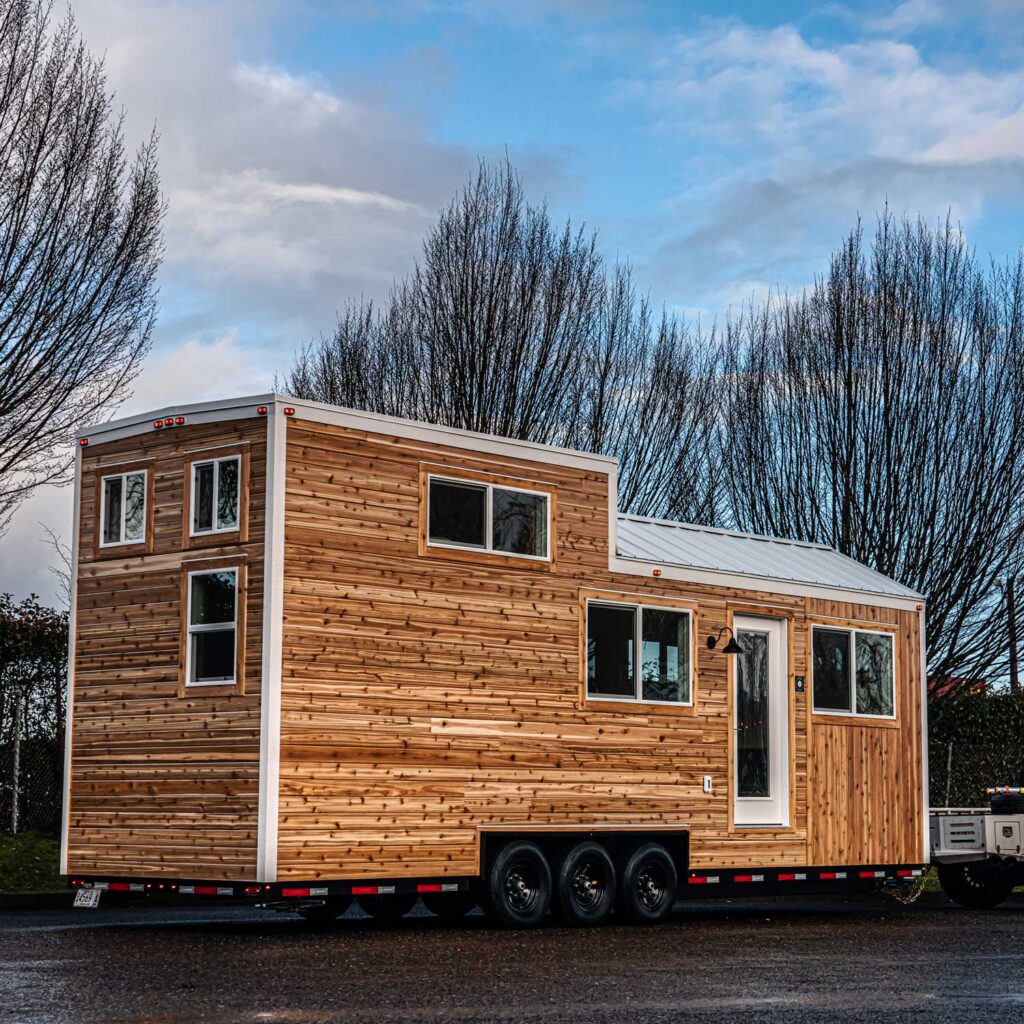
Being open to alternative arrangements might be good for you. One of the best ways to find a great lot for your tiny home is through your friends and family. I’ve met a lot of people who found an aunt, uncle, third cousin, or old friend who had some back acres or a large yard that was perfect for a tiny home. If you want to be fully off-the-grid, you won’t need any power or sewage connections at all. It will make things a lot easier because all you need is a water hose connection and parking for your RV. Be sure to look online for service providers you might have missed looking through your network. Craigslist gets knocked around sometimes, but it’s a great way to find someone advertising a driveway, back yard, or other place to put your tiny home. If you’re looking for more space to grow, you might consider posting a question on sites like Craigslist, Next door, or similar ones. This will help you find someone who might be interested in renting out a small space.
The tiny house community is a great resource when you are trying to find answers to some of the common problems. Some of the best information I’ve found comes from talking with people in this community. A good place to start is on Facebook or Reddit. Look for groups devoted to living small and you’ll have ten thousand individuals at your disposal. Even if you’re just starting out, there are meetup groups, local organizations, and incredible festivals. If you want to get more involved in the community, those are some of your best bets. When it comes to finding your new home, there are a number of possibilities. You could talk to real estate brokers who specialize in local properties if you want input from a professional with local expertise.
The Ups and Downs of Tiny House Land Purchases
When looking for land to put a tiny house, keep in mind that often overlooked details like water accessibility, proximity to neighbors, and placement on a property can make or break your decision. We help you build your dream home, on wheels. This can be done by following codes and certifications to ensure your new home is approved for use. When traveling in your tiny home and especially when you’re living in RV parks, it needs to be built to RVIA/ANSI standards. RVIA is the single authority on all builds for every type of RV and every park model mobile home on the road today. Compliance is about compliance, not about precedence. It ensures your RV parks conform with local standards and regulations. Compliance doesn’t promise you a spot, but it greatly increases your chances of being accepted. Our drilling and completion products allow you to access and place water in the producing formation. As I covered in my previous article on off-grid water systems, water rights are a big deal for anyone who’s off the grid. In most of the western United States and Canada, you don’t automatically get to use the water that flows through your property when you purchase it. It’s more than likely your water has been allocated to agricultural projects by your city or state. If you want to be serious about gardening, it’s best to figure out if the hydration rights come with your purchase. One important point when it comes to rural properties is access rights. This can be tricky, since many rural properties lack existing road infrastructure and are not even adjacent to a road. Some rely on access easements with neighboring property owners. I recommend you look for a property that is accessible via a county or state-maintained road. Negotiating with your neighbors can be a hassle, and even if they allow it it might not satisfy other homeowners. It’s better to connect your land to the nearest county or state-maintained road.
Seize the tiny day now!
One of the first challenges that I encountered when it came to deciding where to live in a tiny house was being flexible. The tiny house lifestyle is still in its infancy and we’re just starting to figure out some of the details. However, there are still plenty of opportunities for other people who want to live tiny. If you can adjust to what happens, and make the necessary changes, it will be easier to find a great place to live with a tiny home.
